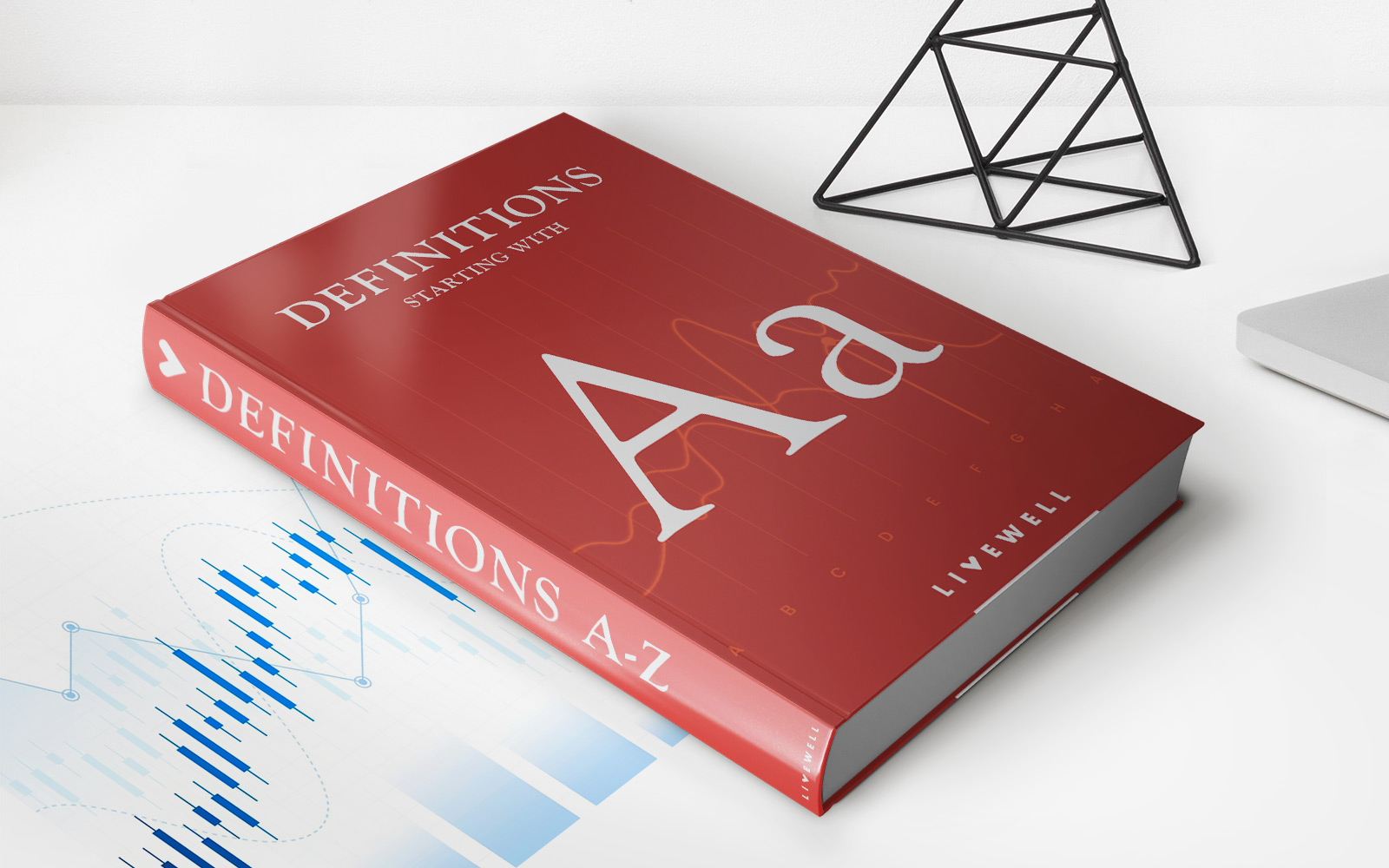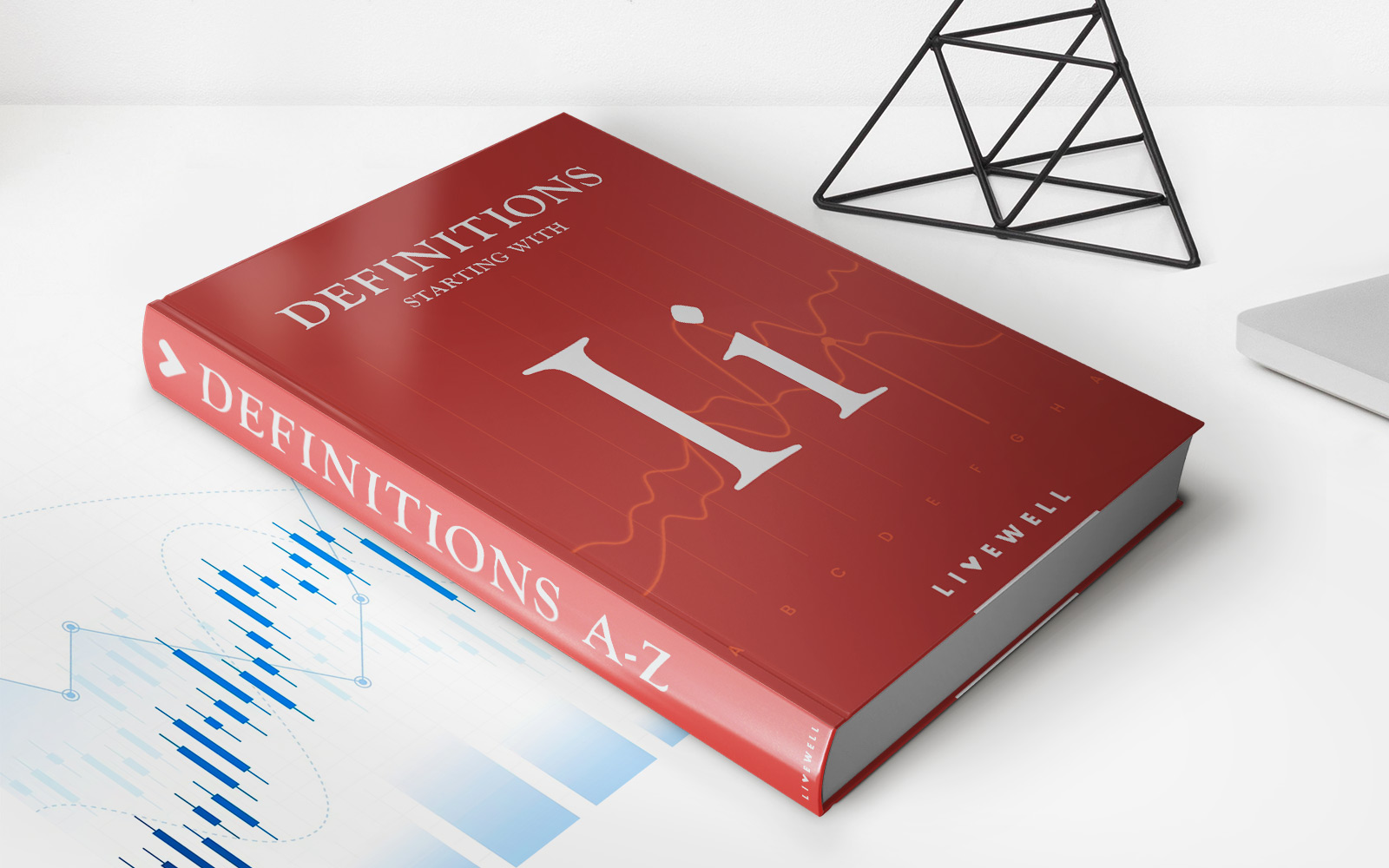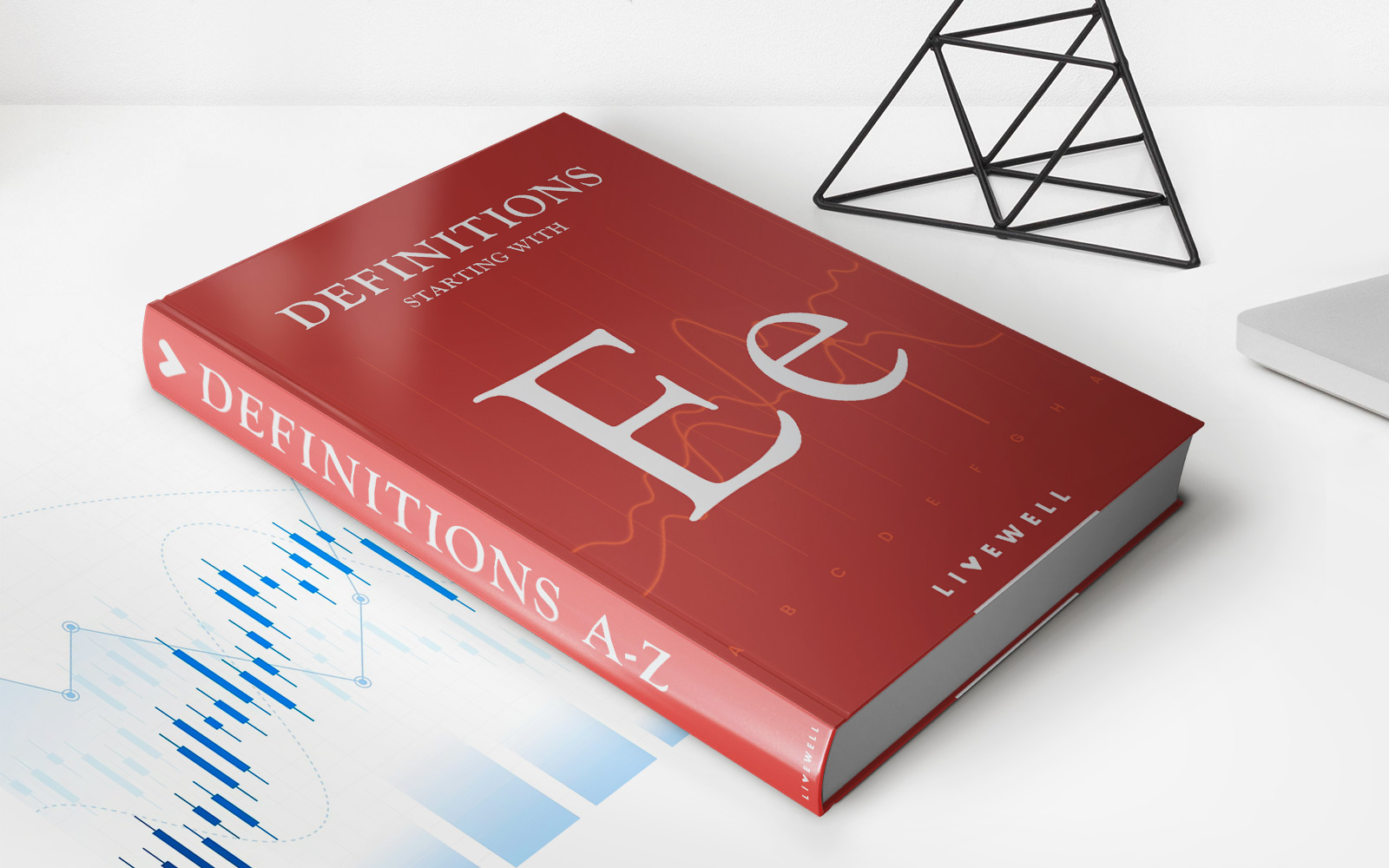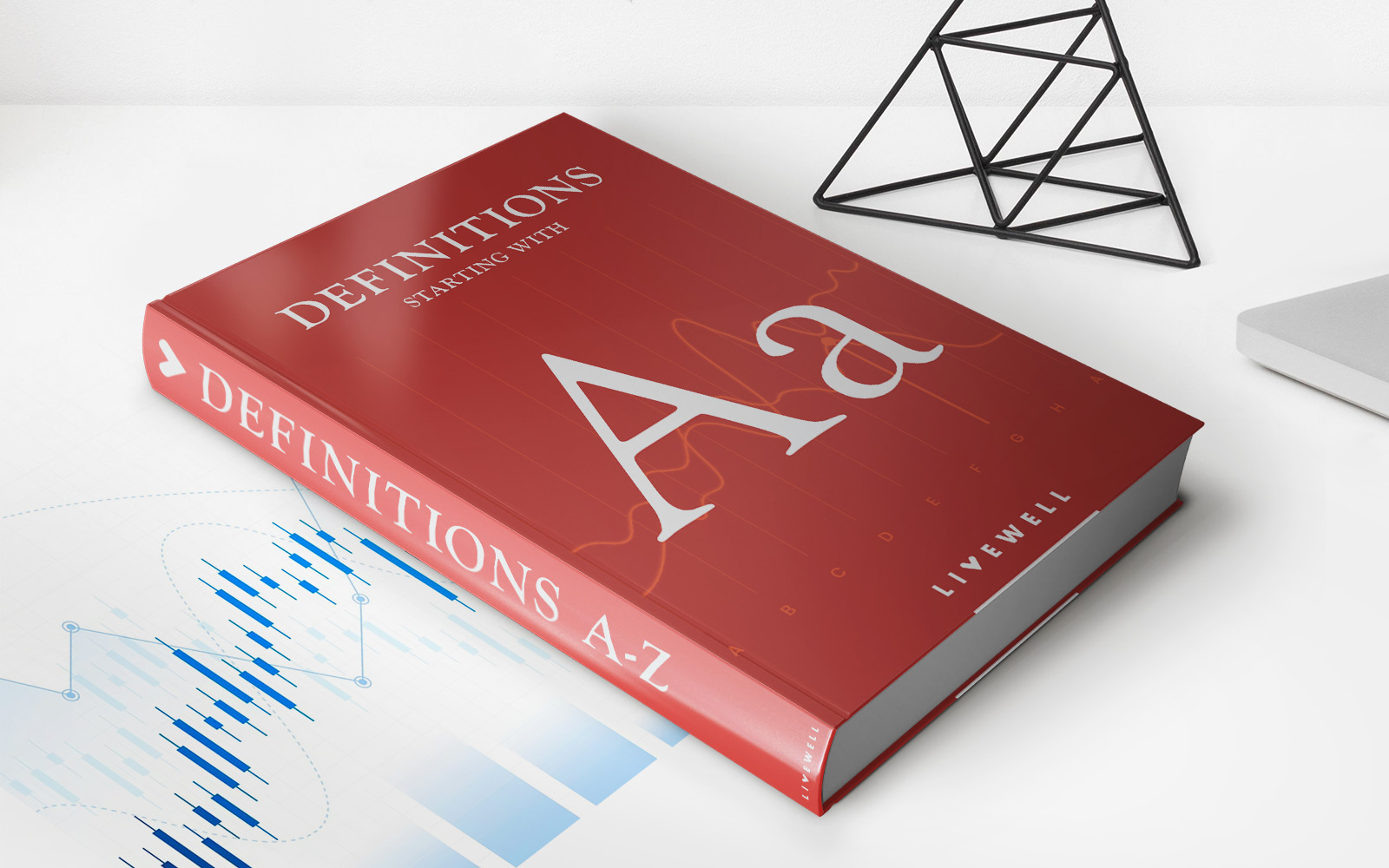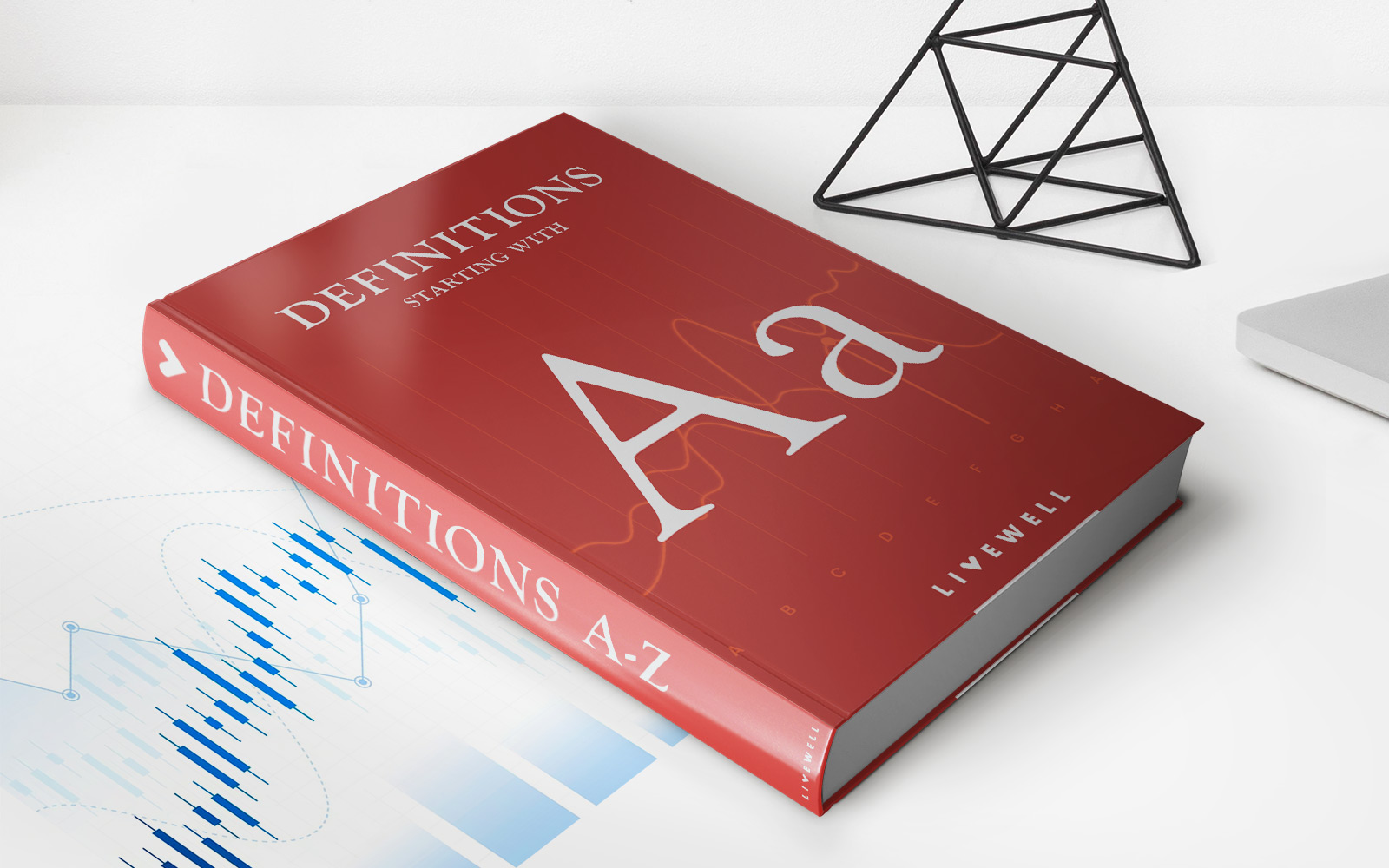

Finance
Voting Shares: Definition, Types, And Examples
Published: February 16, 2024
Learn about voting shares in finance, including their definition, different types, and examples. Understand the importance of voting rights in corporate decision-making.
(Many of the links in this article redirect to a specific reviewed product. Your purchase of these products through affiliate links helps to generate commission for LiveWell, at no extra cost. Learn more)
Voting Shares: Definition, Types, and Examples
When it comes to investing in the stock market, understanding the concept of voting shares is crucial. While many investors focus on the potential for capital gains, voting shares give you the power to influence important decisions made by a company. In this blog post, we will dive deep into the world of voting shares, discussing their definition, types, and providing real-life examples to help you grasp their significance in the world of finance.
Key Takeaways:
- Voting shares provide investors with the ability to vote on company matters, giving them a voice in various decisions.
- Voting shares can have different classes, each with different voting rights and privileges.
What are Voting Shares?
Voting shares, also known as ordinary shares or common shares, are a type of ownership in a company that grant the shareholder the right to vote on important matters. These shares are usually associated with public companies and are a way for shareholders to participate in the decision-making process of a company. Whether it’s electing members of the board of directors, approving major acquisitions, or amending the company’s charter, voting shares play a crucial role in shaping the direction of a company.
Companies typically issue a specific number of voting shares, and each share carries one vote. The more voting shares you own, the greater influence you have on the decisions made by the company. It’s important to note that not all shares have voting rights. For example, preferred shares, which are often issued to investors seeking steady dividends, may have limited or no voting rights.
Types of Voting Shares
There are different types of voting shares, each with its own set of voting rights and privileges. Here are some common types:
- Single-Class Voting Shares: In this type, all shareholders, regardless of the number of shares they hold, have the same voting rights. Each share carries one vote, ensuring an equal voice for all shareholders.
- Multiple-Class Voting Shares: This type of voting share structure allocates different classes of shares, usually labeled as Class A, B, C, etc., with varying voting rights. For example, Class A shares may carry one vote per share, while Class B shares carry ten votes per share. Founders, executives, or key stakeholders often hold shares with superior voting rights, maintaining control even with a minority ownership stake.
- Dual-Class Voting Shares: Dual-class structures grant different classes of shares distinct voting rights. One class, typically held by founders or insiders, carries higher voting rights, giving them significant control over decision-making, while the other class, held by public investors, has fewer voting rights.
Examples of Voting Shares
To better understand the significance and impact of voting shares, let’s look at a few examples of well-known companies:
- Google (Alphabet Inc.): Google has a multi-class voting share structure with Class A and Class C shares. Class A shares have one vote per share, while Class C shares have no voting rights. Founders Larry Page and Sergey Brin predominantly hold Class B shares, which have ten votes per share, enabling them to retain control of the company.
- Facebook: Facebook has a dual-class voting share structure with Class A and Class B shares. Class A shares, held by public investors, carry one vote per share, while Class B shares held by Mark Zuckerberg and other insiders have ten votes per share, ensuring their control over the company’s decisions.
- Berkshire Hathaway: Berkshire Hathaway, led by Warren Buffett, has multiple class shares, with Class A and Class B shares being the most well-known. Class A shares have significant voting rights, while Class B shares have limited voting rights. This structure allows Buffett to maintain voting control over the company.
Voting shares are a vital component of corporate governance, giving investors a say in how a company is run. By understanding the different types of voting shares, investors can better evaluate the level of influence they can exert on a company’s decision-making process.
So, the next time you consider investing in a publicly-traded company, take a moment to dig deeper into their voting share structure, as it can significantly impact your ability to shape the company’s future.

